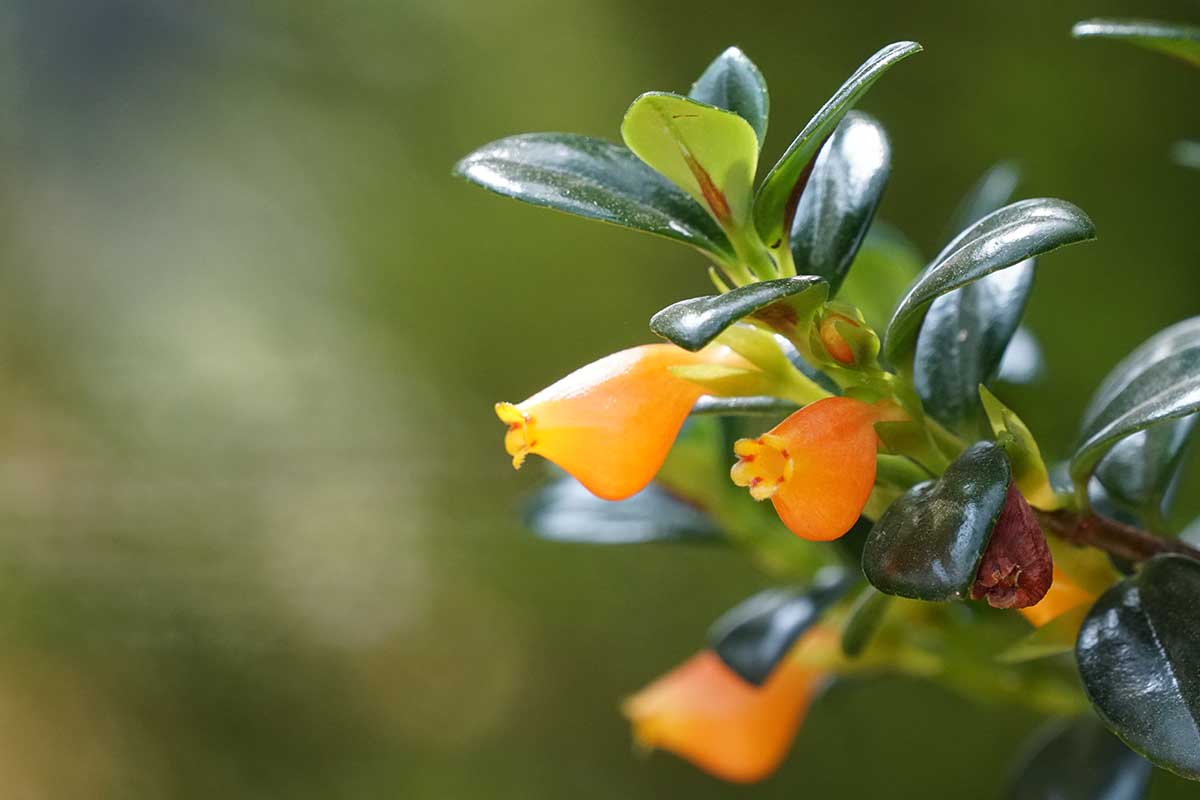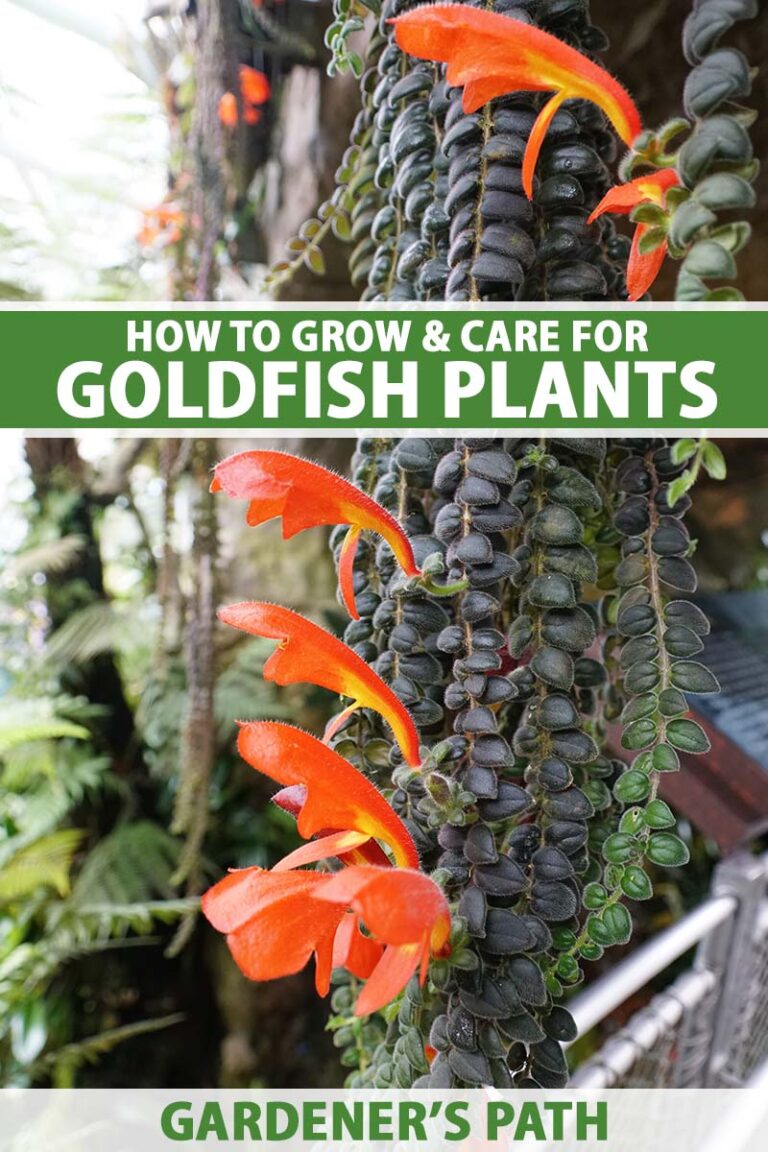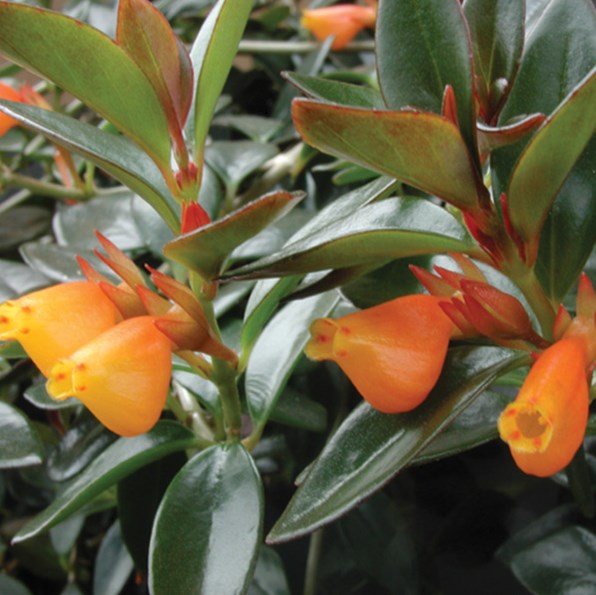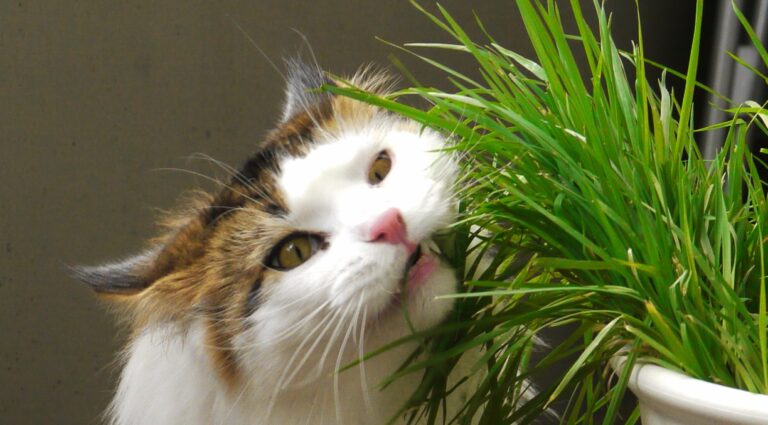Goldfish Plant Blooming Cycle
Understanding the blooming cycle of Goldfish Plants is essential for gardeners aiming to achieve vibrant flowers. The blooming phase spans 6-10 weeks, typically between spring and summer, and is influenced by several factors.
Factors Influencing Blooming
Several aspects play a crucial role in stimulating goldfish plant blooms.
- Light Intensity and Duration: Goldfish Plants require bright, indirect sunlight to thrive. Insufficient light can prevent blooming, while too much direct light can scorch the leaves. Learn more about ideal goldfish plant light.
- Temperature: Maintaining a cozy temperature range between 65°F to 75°F is optimal for these plants. Extreme temperatures can hinder the blooming process.
- Humidity: Goldfish Plants flourish in high-humidity environments similar to their tropical origins. Keeping the humidity level between 40-50% can encourage blooming. More details on goldfish plant humidity.
- Plant Age: Younger plants may not bloom as readily as mature ones. A Goldfish Plant typically needs to reach a certain level of maturity before it begins to flower consistently.
| Factor | Requirement |
|---|---|
| Light Intensity | Bright, indirect light |
| Temperature | 65°F to 75°F |
| Humidity | 40-50% |
| Plant Age | Mature plants bloom more readily |
Optimal Conditions for Blooming
To ensure your Goldfish Plant flowers beautifully, it is important to create an environment that meets its specific needs.
- Bright, Indirect Light: Place your Goldfish Plant near a window with plenty of indirect sunlight or use a plant lamp to provide adequate light. For more details, visit our guide on goldfish plant sunlight.
- Temperature Control: Try to keep the temperature steady within the preferred range of 65°F to 75°F. Avoid placing the plant near drafts or heating vents.
- High Humidity: Mimic a tropical environment by misting the plant with a spray bottle or placing it in a high-humidity area like a bathroom during a shower. This helps replicate the natural conditions in which Goldfish Plants thrive. Refer to our page on goldfish plant care instructions for more tips.
- Well-Drained Soil: The plant prefers moist but not waterlogged soil. Ensure the soil is well-draining to prevent root rot, which can affect blooming. Learn more about goldfish plant soil mix.
| Optimal Condition | Recommendation |
|---|---|
| Light | Near a window with indirect sunlight or a plant lamp |
| Temperature | 65°F to 75°F |
| Humidity | Misting or high-humidity environment |
| Soil | Well-draining |
Creating the right conditions is essential to encourage your Goldfish Plant to bloom. By controlling factors such as light, temperature, and humidity, you can enjoy the dynamic transformation of this unique plant (Greg), (Southern Living). For more comprehensive care tips, explore our section on goldfish plant bloom time.
Goldfish Plant Care Tips
Proper care of a Goldfish Plant (Columnea gloriosa) is essential for ensuring vibrant blooms and healthy growth. Below are key tips for maintaining your plant.
Watering and Soil Requirements
Goldfish Plants thrive with soil that is moist but not waterlogged. Well-draining soil is crucial to prevent root rot.
| Watering Aspect | Requirement |
|---|---|
| Soil Moisture | Keep soil moist, not waterlogged |
| Drainage | Well-drained soil to prevent root rot |
| Type of Soil | Use a soil mix suitable for epiphytes (Goldfish Plant Soil Mix) |
For more information, visit our article on goldfish plant watering.
Humidity and Temperature Considerations
Goldfish Plants are native to tropical environments, hence they require specific humidity and temperature conditions to flourish.
| Environment Factor | Ideal Condition |
|---|---|
| Humidity | 40-50%, use a spray bottle to mist or place in humid areas like bathrooms (Southern Living) |
| Temperature | Sensitive to high temperatures; ideal range is 65-75°F |
To learn more about creating the perfect environment, see our article on goldfish plant humidity.
Fertilization Guidelines
Proper fertilization is key for Goldfish Plants to support robust flowering. Use a high-phosphate liquid fertilizer diluted to half-strength, applied every two weeks during the growing season (Southern Living).
| Fertilization Aspect | Requirement |
|---|---|
| Type | High-phosphate liquid fertilizer |
| Frequency | Every 2-3 weeks during growing season (spring to fall) |
| Dilution | Half-strength application (Healthy Houseplants) |
Discover more about feeding your plant in our guide on goldfish plant fertilizer.
Pruning for Healthy Blooms
Regular pruning is essential to encourage healthful growth and flowering in Goldfish Plants. Pruning helps to remove dead or leggy parts and promotes new growth.
| Pruning Aspect | Benefit |
|---|---|
| Regular Pruning | Encourages new blooms and manages plant shape |
| Removing Dead or Leggy Parts | Prevents disease and improves aesthetic (Goldfish Plant Leggy) |
For steps on how to properly prune, read our article on goldfish plant care instructions.
By following these care tips, gardeners can enjoy the full beauty of their Goldfish Plant flowers, enhancing indoor garden spaces.




